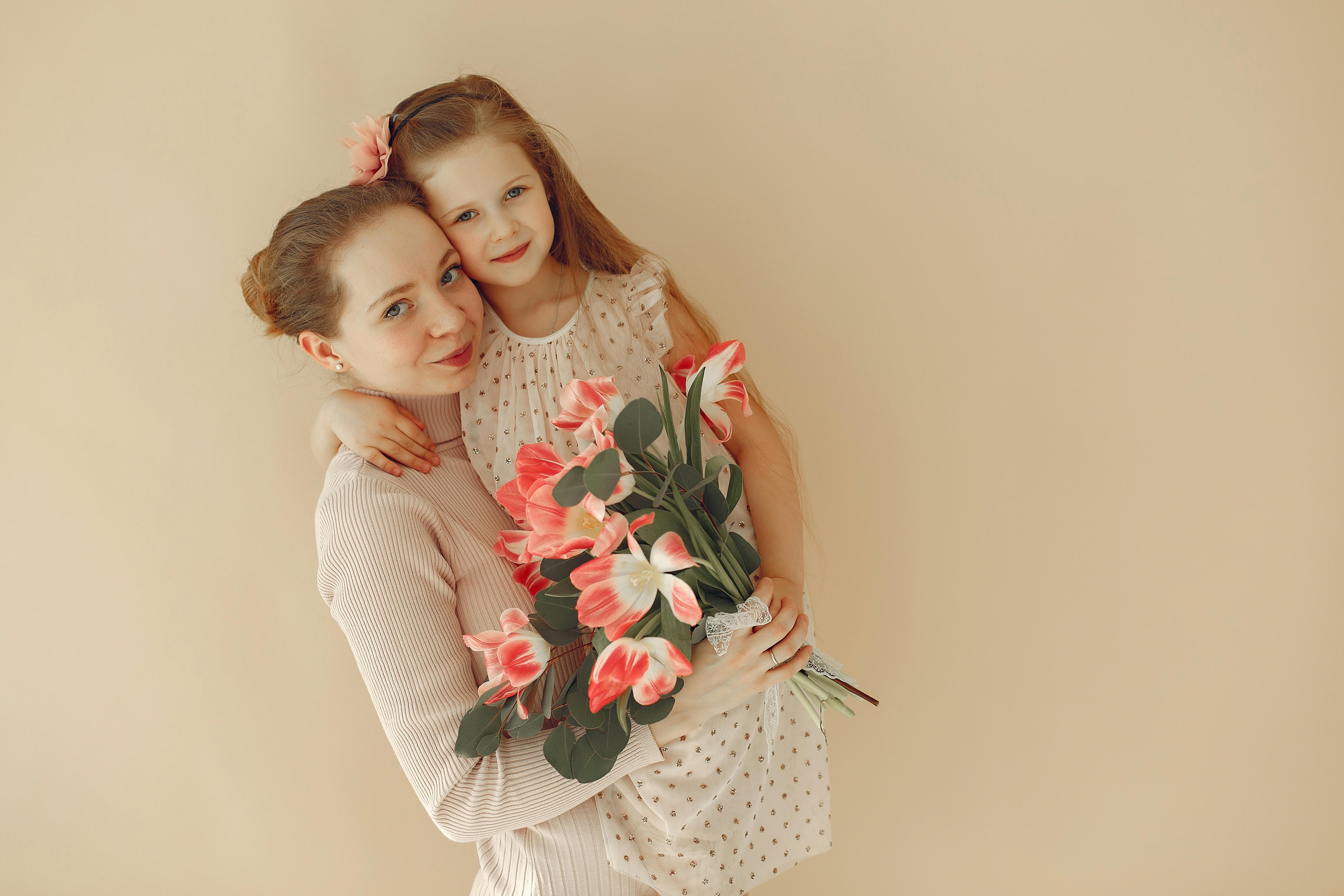Innovative Ways to Teach Kids Math
Children are often intimidated just looking at math problems. They say it’s hard even before you try. Of course, as parents, you don’t want your child to feel this way. Good thing there are already a couple of creative ways to teach this topic. With innovative approaches, mathematical concepts can be easily understood and applied.
Creative Methods for Teaching Mathematics
Dramatize – It would be a good idea to invite the children to pretend to be in a box or ball, feeling the faces, corners, edges and dramatize arithmetic problems such as 3 frogs jumped into the pond, then 2 more, how many are there in all? Role play can greatly help children understand different mathematical concepts.
Use the child’s body – Suggest that the children show how many mouths, feet, etc. have. Try asking them to show their three arms, answer out loud in protest, and then tell you how many they have and show it. Also, invite the children to show numbers with their fingers.
To touch – You would be wise to involve children in block play, allowing them to do math in various ways, including creating symmetrical designs, sorting, creating patterns, creating series, etc. Also suggest that they pretend to buy and sell toys or other small objects, learn to count, understand money concepts, and more.
Stories – You can share books with children about math, but they are also good stories. After that, help them see the math in different books.
Let them be creative – Children’s ideas about mathematics should be discussed with the little ones. For example, imagine using cupcakes or any other delicious food product.
Use different strategies – You should take math to all parts of your classroom, from asking them to clean a certain number to counting them at the morning meeting and setting the table. In addition, use an inquiry-based curriculum to integrate a sequenced series of learning activities into a curriculum.
Take advantage of current technology – Consider the use of digital cameras to record the mathematical work of the little ones, in the planned activities and in their play. After that, use the pictures to aid discussions and reflections with children, communication with parents, and planning of the curriculum.
Use evaluations – Measure your children’s math learning through assessments. Also, use observations and small group activities to learn about children’s mathematical thinking and to make well-informed decisions about what each child can learn from future experiences. More information mentioned here.
